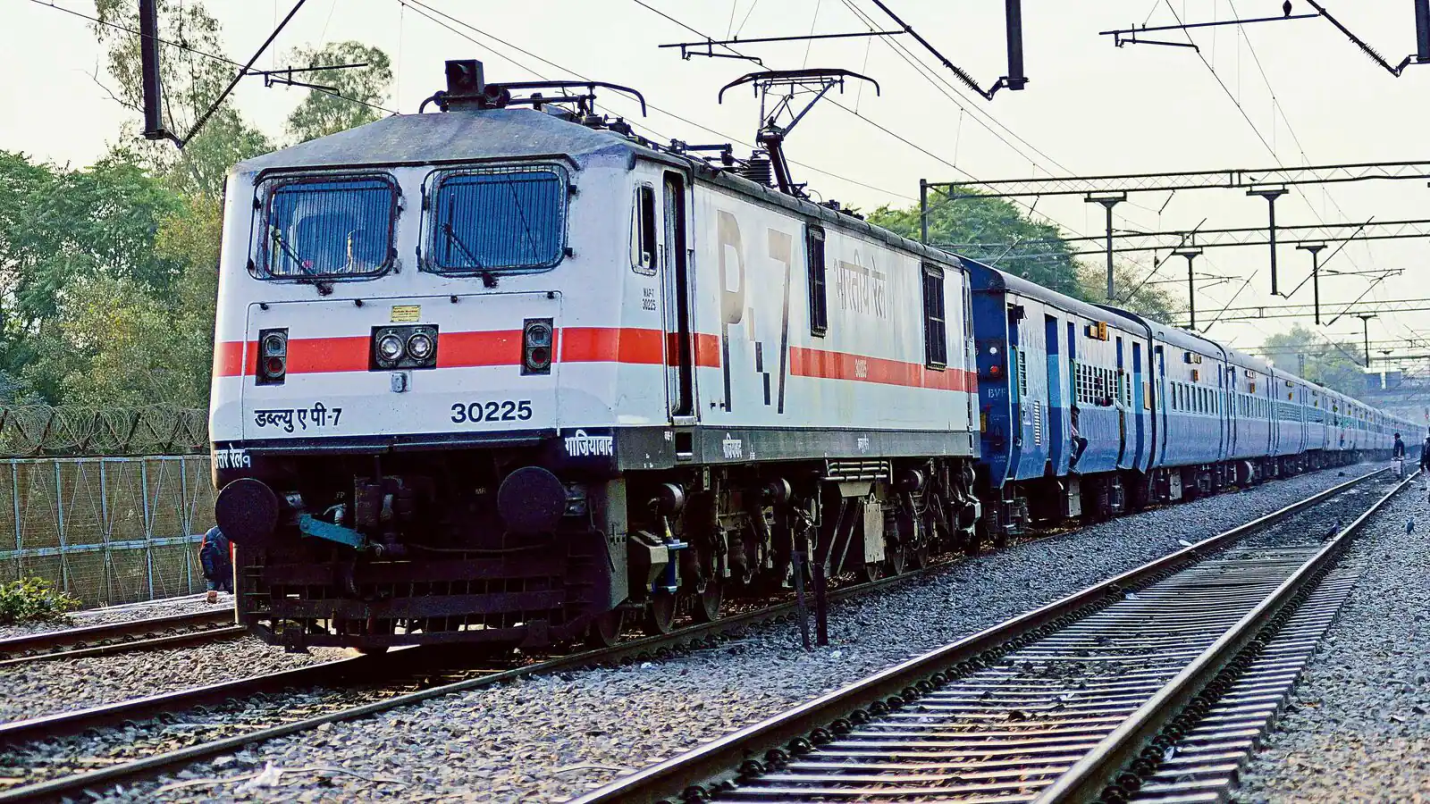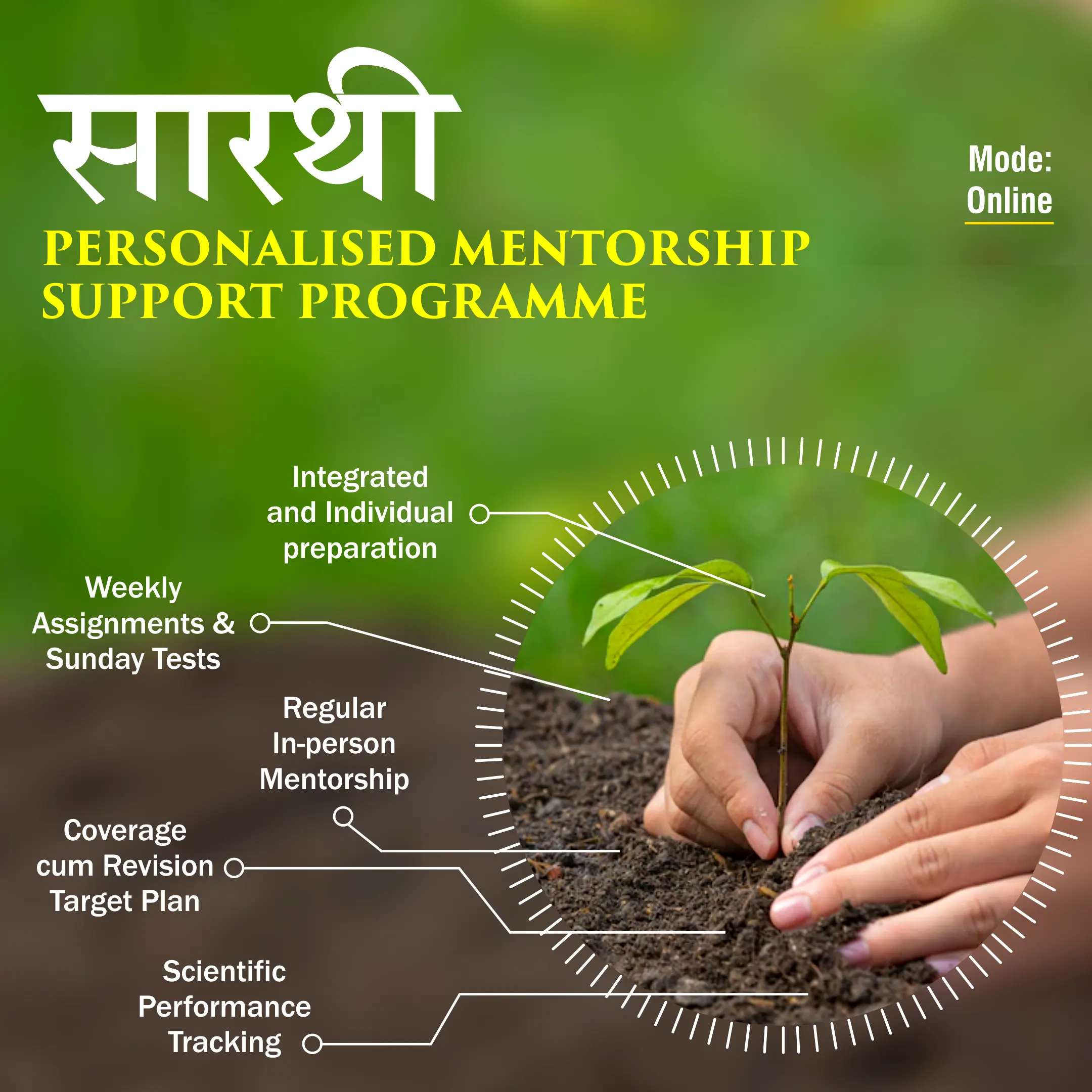Free Courses Sale ends Soon, Get It Now


Free Courses Sale ends Soon, Get It Now



Copyright infringement not intended
Picture Courtesy: www.livemint.com
Context: Despite a significant increase in capital expenditure, the Indian Railways' operating ratio has not improved, highlighting challenges in enhancing profitability and generating surplus funds for future investments.
Key point outlined by Railway Minister
Revenue Challenges
|
Low passenger fares |
●Indian Railways has been subsidizing passenger services at the cost of freight services, resulting in low passenger fares that do not cover the operational costs. ●According to a report by NITI Aayog, the average passenger fare of Indian Railways in 2018-19 was Rs 0.43 per passenger-km, which was less than half of the average fare of China Railway and one-tenth of the average fare of European Railways. |
|
High freight charges |
●To compensate for the losses incurred in passenger services, Indian Railways has been charging high freight rates for goods transportation, which makes it uncompetitive compared to other modes of transport such as roads and waterways. ●According to a report, the average freight rate of Indian Railways in 2018-19 was Rs 1.43 per tonne-km, which was more than twice the average rate of China Railway and four times the average rate of European railways. |
|
Inefficient asset utilization |
●Indian Railways has a large amount of underutilized or idle assets, such as land, rolling stock, stations, and workshops, which do not generate adequate returns on investment. ●According to a report by the Comptroller and Auditor General of India (CAG), Indian Railways had 43,000 hectares of vacant land as of March 2019, which could be used for commercial development or leasing. Similarly, Indian Railways had a surplus of 12,000 coaches and 2.5 lakh wagons as of March 2020, which could be deployed to increase the capacity or improve the quality of services. |
|
Inadequate non-fare revenue |
●Indian Railways has not been able to tap the potential of non-fare revenue sources, such as advertising, catering, parking, tourism, and station redevelopment, which could enhance its income and reduce its dependence on fare and freight revenue. ●According to a report by the Railway Board, Indian Railways earned only Rs 10,505 crore from non-fare revenue in 2018-19, which accounted for only 6.6% of its total revenue, compared to 15-20% for some of the leading railways in the world. |
Way forward to address the challenges and improve the revenue situation
Rationalizing passenger fares and freight charges
https://www.iasgyan.in/course/personalized-mentorship-programme
Optimizing asset utilization
Diversifying non-fare revenue

Conclusion
Must Read Articles:
Modernisation Of Indian Railways: https://www.iasgyan.in/daily-current-affairs/modernisation-of-indian-railways
|
PRACTICE QUESTION Q. How did the Indian Railways contribute to the Indian freedom struggle during the colonial era, and what impact did its role have on the mobilization of people, resources, and ideas, ultimately shaping the course of India's fight for independence? |
© 2024 iasgyan. All right reserved